First Look: Canon 5D Mark II
by Wesley Fink on December 4, 2008 3:00 AM EST- Posted in
- Digital Camera
Canon 5D Mark II vs. Canon 5D
The Canon 5D is something of an imaging legend, so any examination of the 5D Mark II update has to begin with a comparison to the current 5D. Our comparisons are based on a similar technique used in our review of the Sony A900. Namely, we did same size 150x250 actual pixel crops as one means to compare to the 5D. However, the area covered with the 5D2 21.1MP sensor is about 65% greater than the 12.8MP sensor in the 5D.
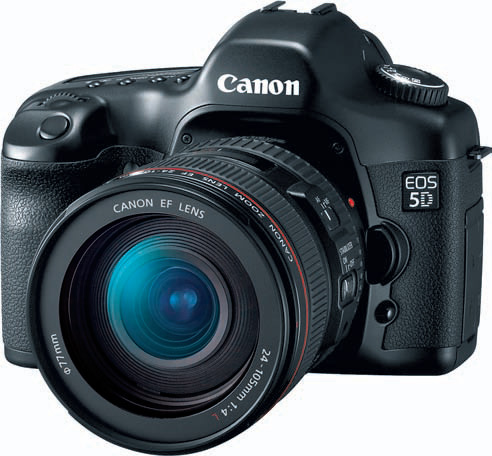
Any who have printed large images from a digital file will immediately understand that a larger noisy image when printed smaller often looks like it has much lower noise. This is why we often say the noise level would be good enough for small prints but not for big enlargements. The noise becomes more apparent as the image size is increased. To better compare noise in the same image area, we ran a second set of crops that attempt to cover the same image area. With the metrics of the 5D and 5D Mark II that means a crop of 190x317 pixels for the "same image" comparison, which is then downsized to 150x250
That is the reason for the two crops for the Canon 5D Mark II. The regular view is a pixel-level 150x250 crop, while the 0.6x view is about 65% more pixels adjusted for the same image area as the 12.8MP crop form the 5D. We will leave it to you to decide which is the more relevant of the two crops for the 5D/5D2 comparison, and of course you can also view the original images by clicking on any crop.
All images are captured using a 2-second shutter delay on a tripod in the same location. The manufacturer's 50mm f/1.4 prime lens is used in all cases at an aperture priority setting of f/4.0, some three stops down from their rated speed. All images are processed with the in-camera JPEG processing with high ISO noise reduction set to the low setting. Light is provided by a 100W tungsten bulb, and white balance on all cameras is manually set to tungsten.
The base range of the original 5D is 100 to 1600 ISO with expansion to 3200. Canon appears to have succeeded very well in matching and surpassing the low noise and superb resolution of the original 5D. In fact the 5D2, with a base range of 100 to 3200, is every bit as good in that range as the 5D in its 100-1600 range. Most will have no real problem shooting in the 50-3200 ISO range without much regard to noise. That range is a justified option in the Auto setting on the 5D2.
The 6400 and 12800 ISO options are certainly usable in most circumstances, but the noise increases as you go up from ISO 3200. By 25600 the Canon 5D2 is still producing amazingly sharp images, but noise has reached a point where output should be limited to smaller prints. Further noise reduction processing could improve the image but there is usually a trade in image softness for the reduced noise.
Finally, this is a first look so tests are limited to in-camera JPEG images. We plan to do further comparisons shooting RAW with post-processing as we look more closely at the 5D Mark II.
We will leave to you whether the actual pixels or actual image areas are the better comparison for resolution and noise, but certainly the results are a bit different. Regardless of how you look at it, though, the comparisons to the 5D are truly exciting. Canon seems to have achieved their goal in improved image quality and extended ISO range in comparison to the original 5D. We next compared the 5D2 to the other two full-frame DSLRs in its class.


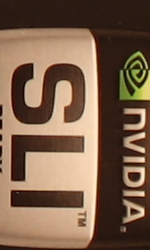
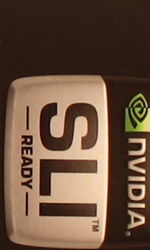
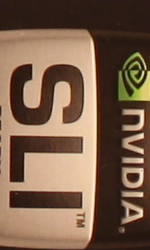
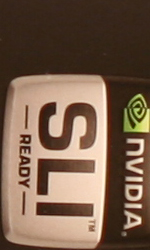

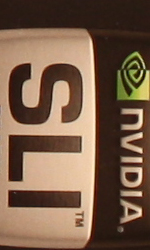

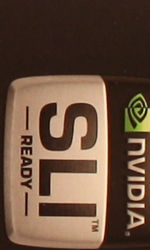
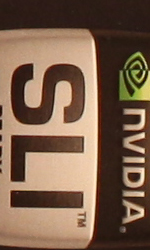
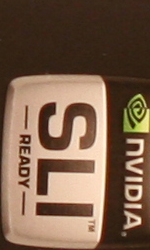
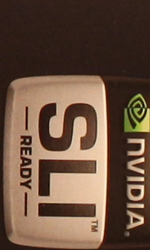

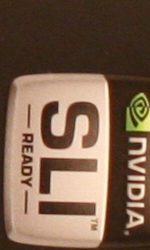
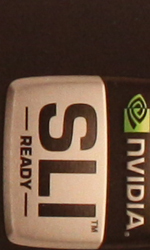
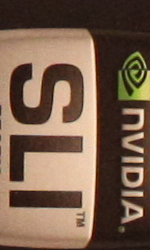
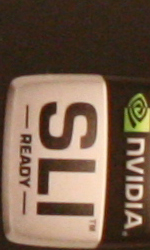
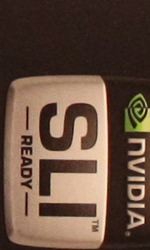
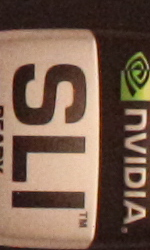
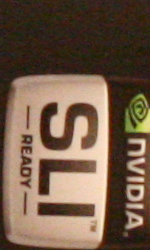
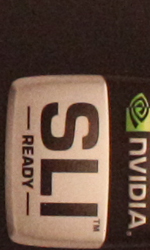
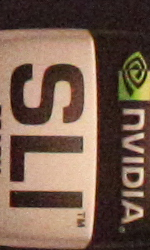
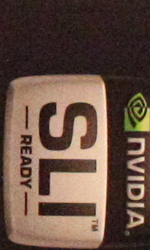

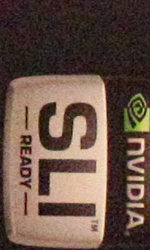
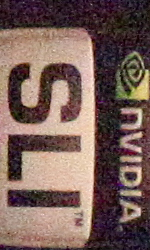
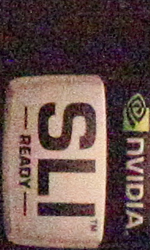








39 Comments
View All Comments
wliang - Monday, December 8, 2008 - link
I wonder if using IS lens for video shooting has any effect on lessen the shaking compared to non-IS lens?melgross - Monday, December 8, 2008 - link
Yes, that's the point to it.Just make sure that when on a tripod, the lens turns the IS off.
Canon and Nikon lenses usually know what to when on a tripod, but most others don't.
cputeq - Sunday, December 7, 2008 - link
I'm in the process of moving from Canon (40D) to Nikon (D700), but I must say the new 5D doesn't look too bad at all. I was worried the higher density was going to ruin high ISO advantages.I will say - I slightly prefer the D700's noise over the 5Dmii, but really it's splitting hairs - they both look great, with usable results at 12K ISO.
I've seen images of black dots on the right side of pixels with very strong highlights - I'm wondering if any of this was experienced?
Oh, and Anandtech, for the love of God, get a new test shot. The side of a Nvidia box is a horrible test for any type of detail rendition, though I guess with a black color it's okay for noise.
I'm waiting on a full review of the 5D mii, but kudos to Canon from what I've seen so far, at least from this first look. It makes me *almost* regret moving to a D700 :)
Zebra328 - Monday, December 8, 2008 - link
Yes, first impression is not bad, but a second says that maybe it's only in resolution that 5d2 beats d700 but d700 seems to beat 5d2 in all the rest.Have a look for example at white labels with text on them, do you see how the 5d2 creates color blotches around letters? I noticed the same on the test pics from other sources as well.
Would you confide in a camera which on a black and white surface creats blotches of pink, green, blue, etc.? How this camera would behave depicting the real scenery? Undoubtedly it would add such tiny colorful blotches in any contrasting boundary, adding color which does not belong there.
People will look at the pics of 5d2, 5d and d700 and say:
"Well, you know, that pic from the 5d2 has certainly more detail than those from the old 5d and d700, but the pics from the old 5d/d700 look more natural somehow, more pleasing to eye. I like them better!"
Of course they look more pleasing and natural, as they do not contain those nasty tiny bloches of color in spots where they do not belong.
And I don't only speak of high ISO's, the same problem is evident at any ISO, as it has to do with some flaws in the sensor of the 5d2, inadequate microlenses maybe, which act as tiny prisms creating colorful tinting in contrasting areas, or something else, I dunno.
I know only that I was waiting so long for upgrading from my old 5d to the new 5d2, but now I'm starting to look at the d700 which performs impeccably in everything.
melgross - Monday, December 8, 2008 - link
You are so wrong here, you can't even imagine.Right now, the Nikon D700 is considered to be out of contention when compared to the 5D mkII. The image quality of Canon's new product so far outclasses that of the D3/700 that neither comes close.
The poor image Wesley uses has been derided for years as being useless for telling us much of anything.
What you need to do is to look for pictures around the net from both camera families. you will be surprised. If the other "example" you tell us you've seen, is as bad as the one here, then it's useless.
While I am admittedly a Canon user, you seem to be a Nikon one, in the closet though you may be.
However, while the newer Nikons did pave new road in low noise, that road has been paralleled by the 5D mkII. There may be slight differences in the way the noise is presented, as all companies use slightly different techniques, but they are about equal.
However, when prints are made at the same size between a 12 MP camera and a 21 MP camera, the higher rez model will always look less noisy as well as more detailed, as long as the noise is about the same, which it is.
Zebra328 - Monday, December 8, 2008 - link
As I said I've got a 5d1 with quite a few Canon lenses, and I'm going to use in in future too, but at the same time I'm planning to buy a modern camera which would permit me to go into higher ISOs and, possibly, into higher resolution provided it is not achieved with a loss of other quality points.I haven't taken a final decision yet, and I continue to study all relevant pics that appear on the net.
The other test pics where I noticed the same phenomenon are shown on the Imaging Resourse:
http://www.imaging-resource.com/PRODS/E5D2/E5D2A7....">http://www.imaging-resource.com/PRODS/E5D2/E5D2A7....
I even posted a couple of crops confronting 5d2 and d700 in a post which I entitled: "A Sensor is not Supposed to Add Color Where It does not Belong", here:
http://forums.dpreview.com/forums/read.asp?forum=1...">http://forums.dpreview.com/forums/read.asp?forum=1...
I only hope that it could be explained in some other way than I did, e.g. that it might be some sort of CA which definite lenses produce on a sensor with 20+ resolution, or something like that.
I shouldn't be happy to change systems, believe me. But I do see that d700 behaves impeccably in all respects and has the only drawback of being a camera with 12 MP rather than 21.
strikeback03 - Tuesday, December 9, 2008 - link
Did you take the photos used in the DPR forum post, or find them elsewhere? Without knowing what has been done to those images, the comparison is relatively worthless. That looks like regular old color noise, at something like a 5000% zoom. Without knowing what ISO this was shot at and what was done in post processing we can't tell much else about it though.FWIW, the Nikon image appears to show sharpening halos at that magnification, but again I wouldn't put much into that without knowing how it was processed.
melgross - Monday, December 8, 2008 - link
I'm not quite sure what the first link is supposed to show, what with all the images there.But I'd like to know more about the second.
A small amount of chrominance noise removal would eliminate that. ACR uses 25% chrominance as normal for noise reduction, with 0% luminance. I've found that doesn't detract from the sharpness at that level of setting.
Nikon is known to use a fairly high noise removal on its files, whereas Canon, on it's semi pro and up models, uses little. That is very likely the difference you see there.
However you do it, the 5D mkII will have much greater detail at the same print size, and the ability to go larger, or to crop. This also allows one to use stronger noise removal, which is needed for every camera to some extent, without losing as much detail.
At the same print sizes, the Canon will have less apparent noise because of the smaller pixels in the print.
By the way, showing images on the NET isn't the best way to see what the real world results will be. Noise tends to appear less severe in a print than it does in either PS or on a web page at 100%.
melgross - Monday, December 8, 2008 - link
I forgot to mention that the Nikon image is much mushier than the one from the Canon. lower contrast as well, though that could just be the settings.CEO Ballmer - Sunday, December 7, 2008 - link
... until the ZuneCam!http://fakesteveballmer.blogspot.com">http://fakesteveballmer.blogspot.com